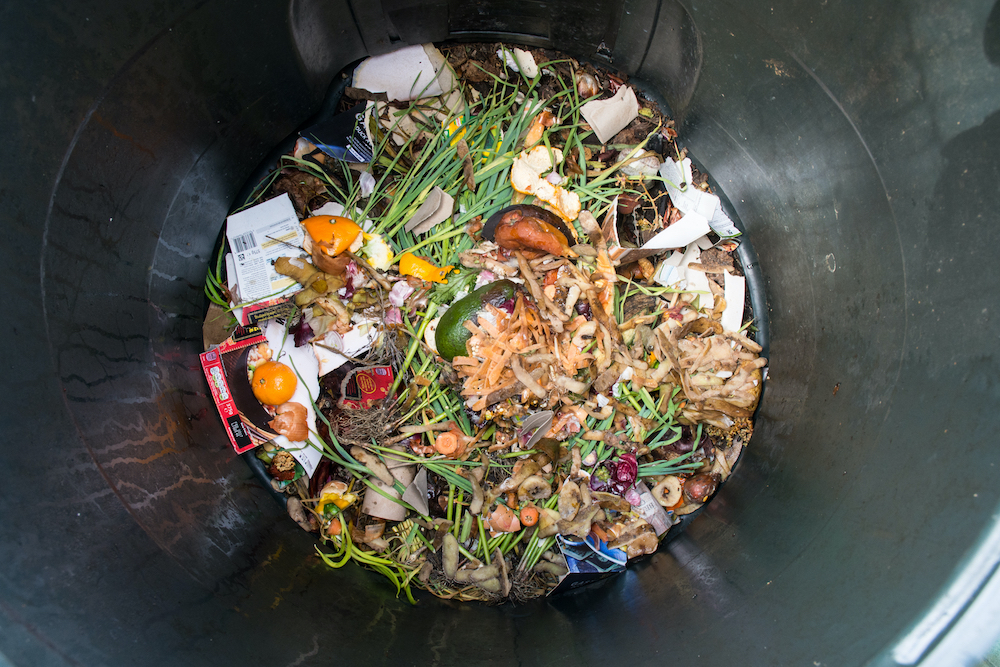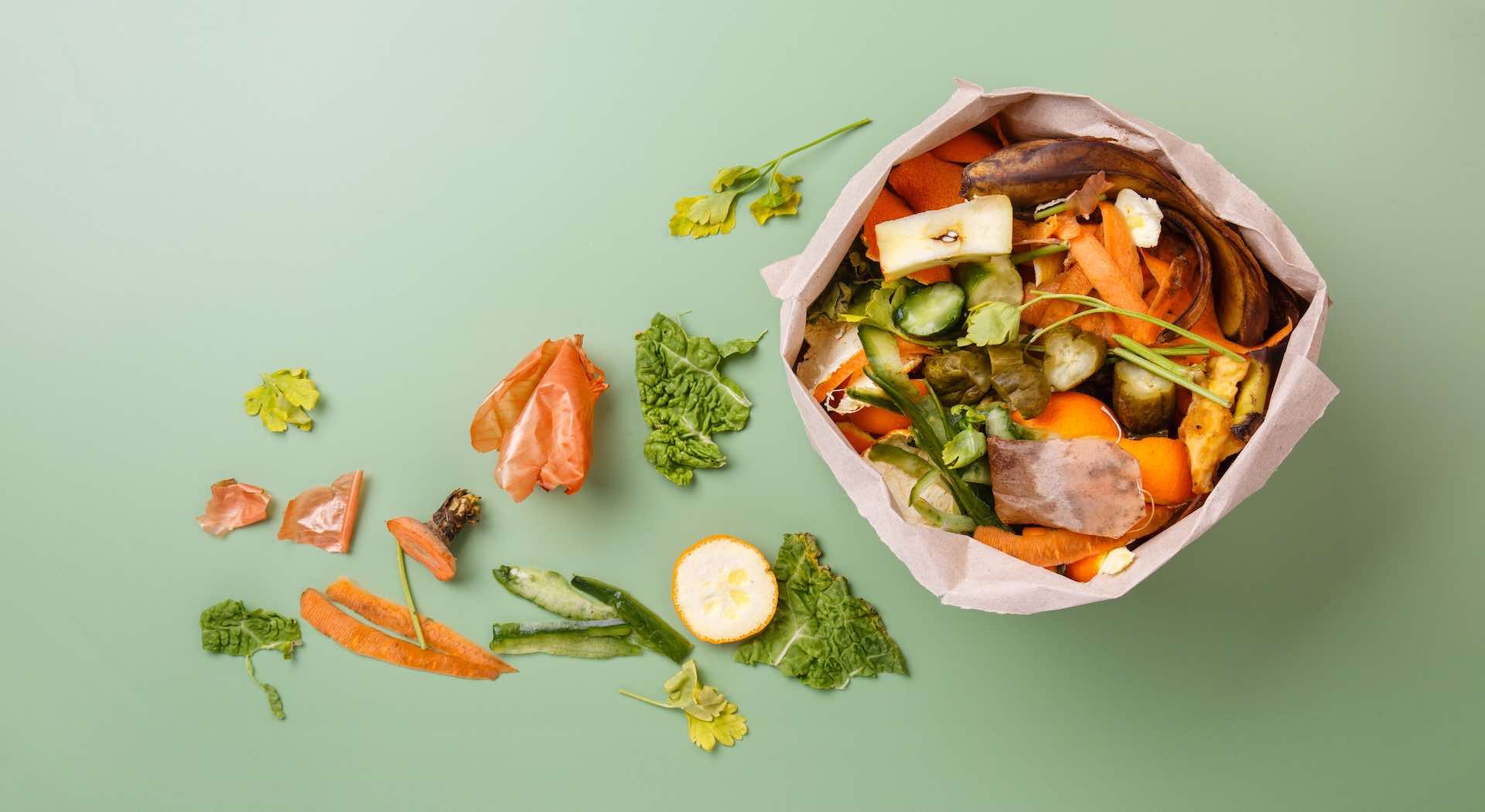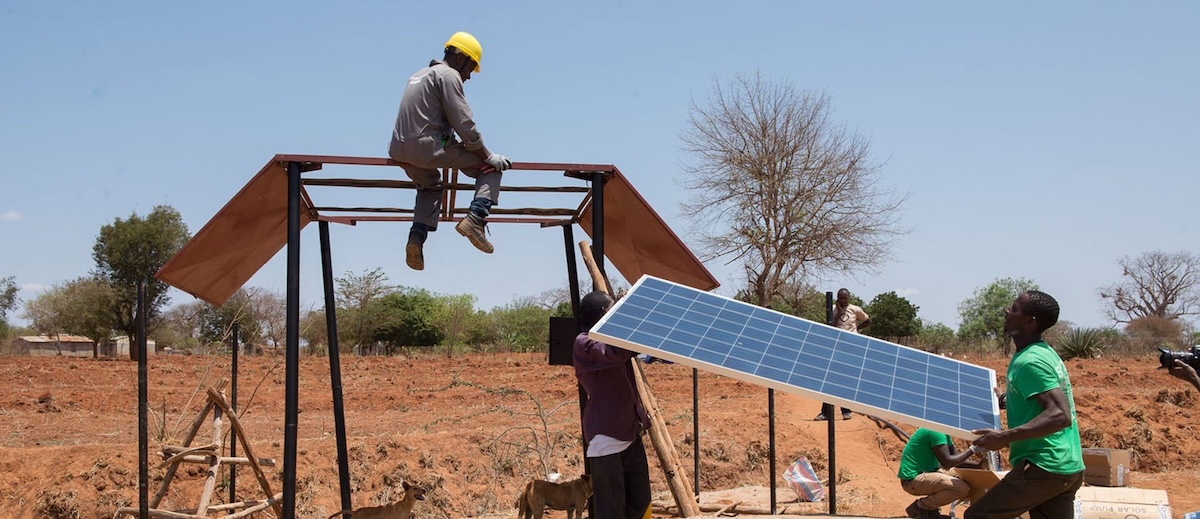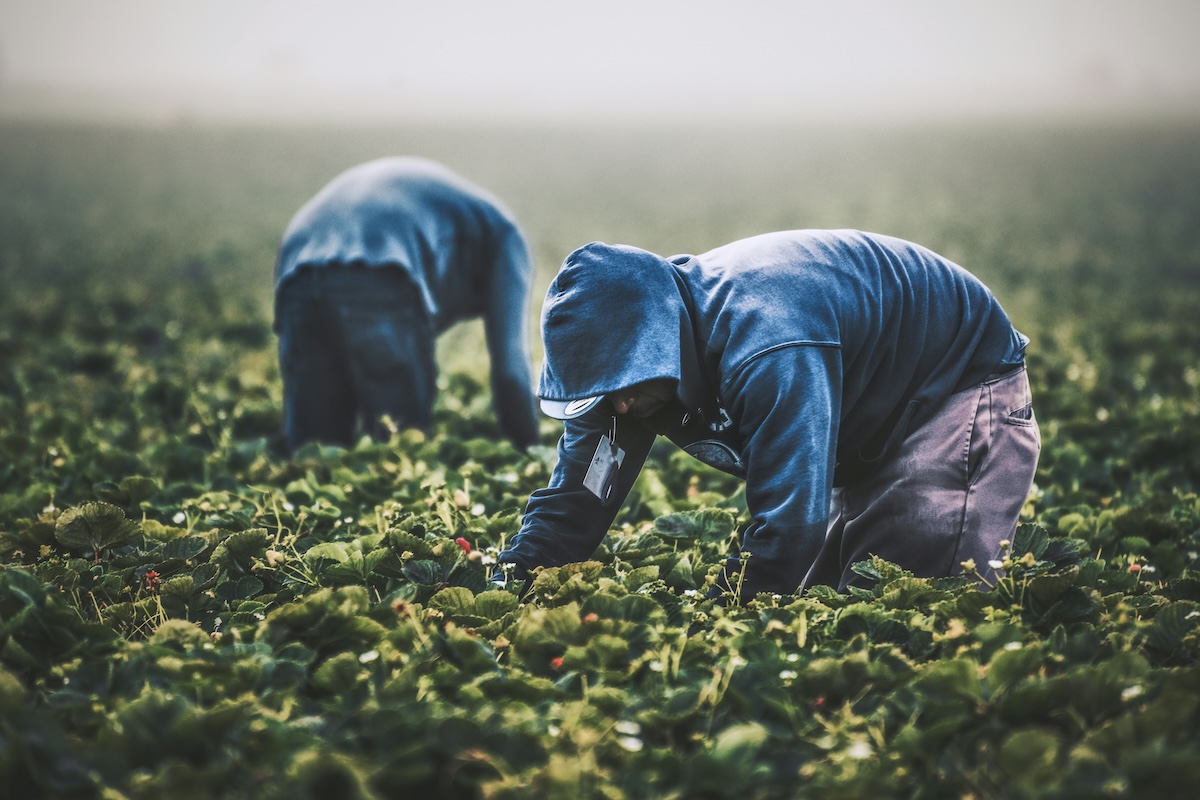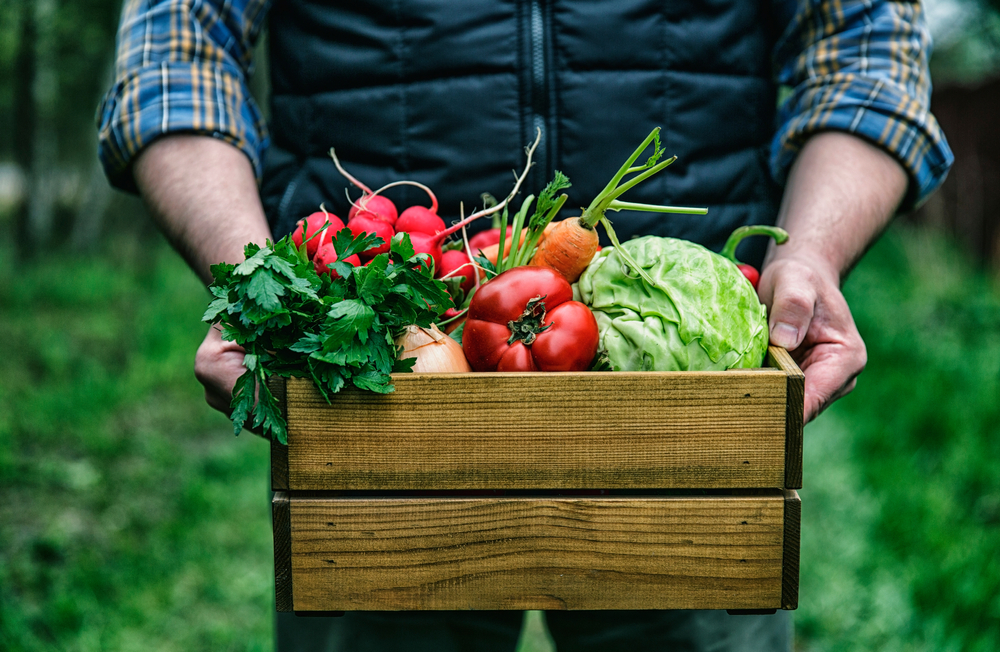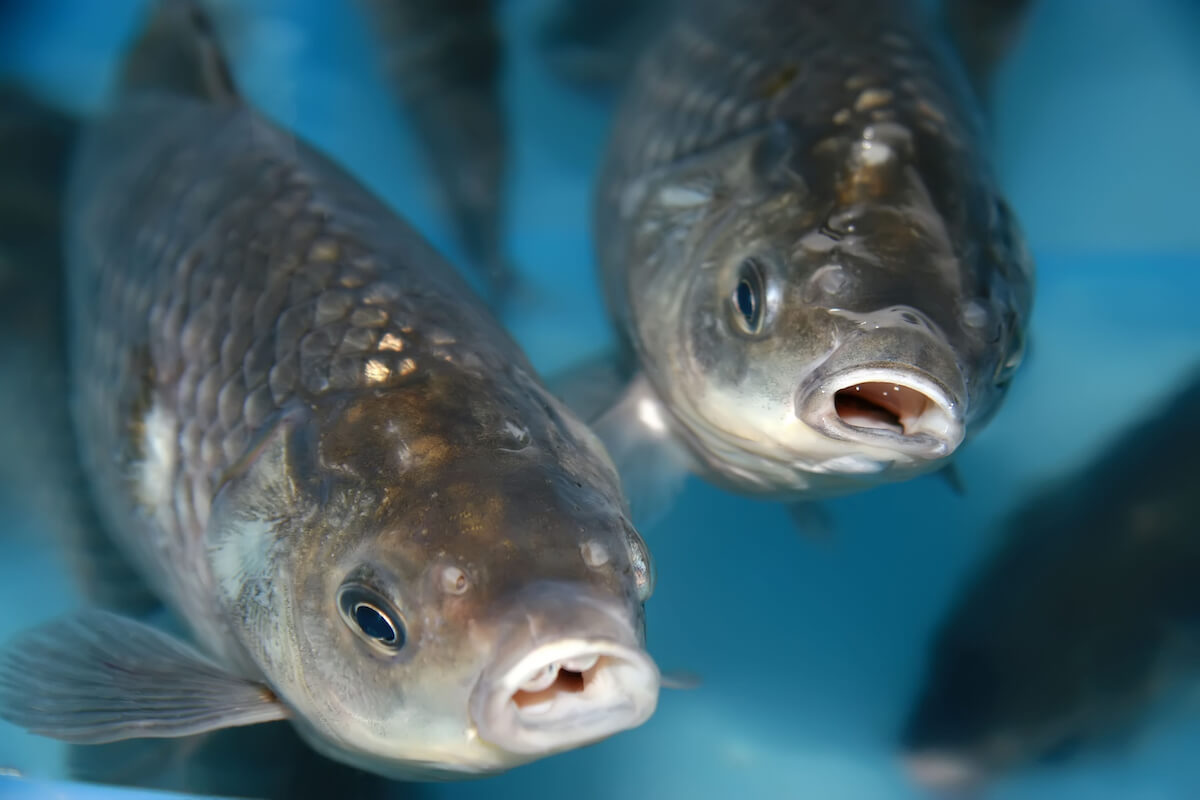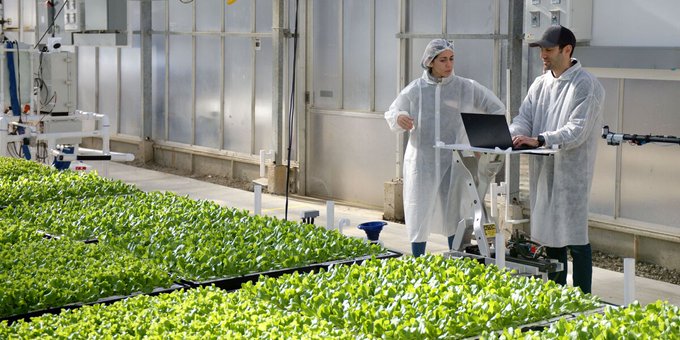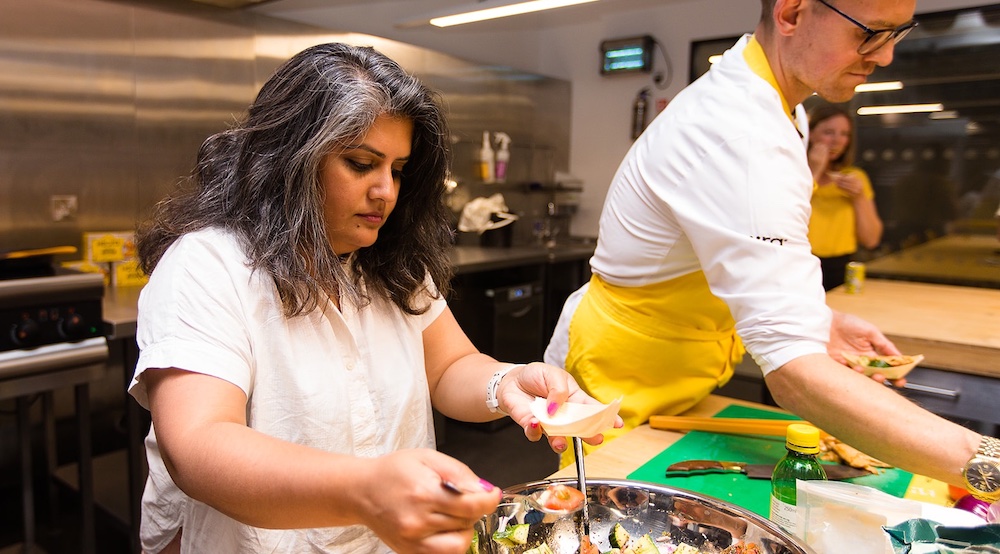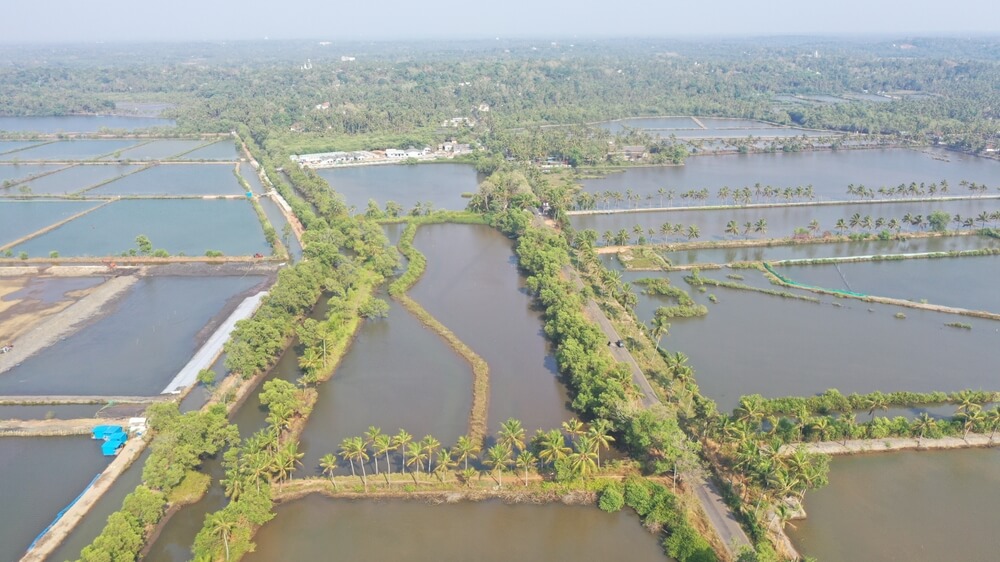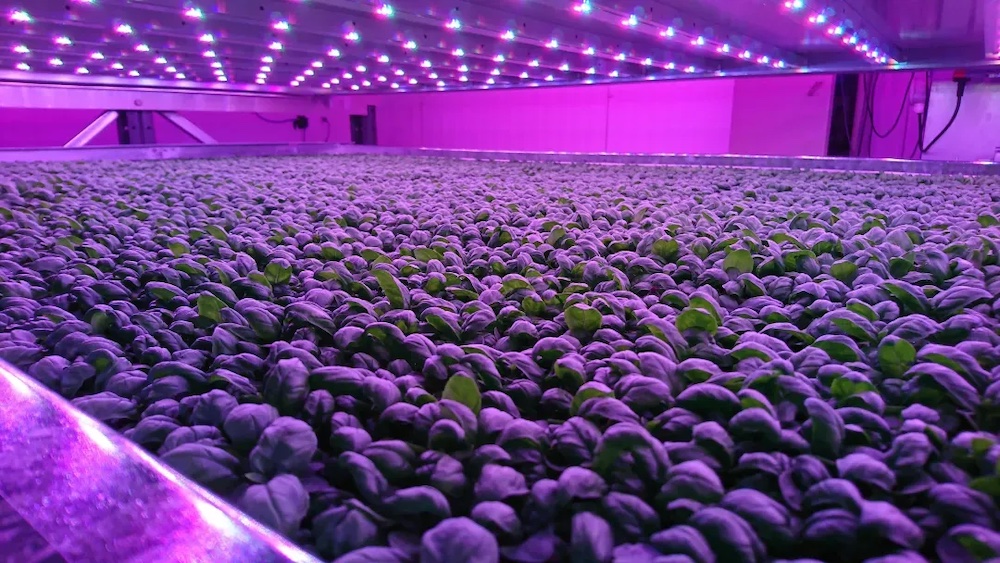ImpactAlpha, Feb. 4 – Investors have discovered food waste.
Imperfect Foods last month raised $95 million to distribute foods deemed too ‘ugly’ for supermarkets directly to consumers. Apeel raised $250 million last summer for its protective coating for fresh food. FoodMaven a year ago raised $10 million to link producers of over-supplied food to universities, restaurant groups and other large-scale users.
Yet the total capital directed toward such deals barely makes a dent in the $14 billion needed each year through 2030 to achieve the U.S. goal of halving the amount of food going to landfills, incinerations, or down the drain, or left in the fields to rot.
In Roadmap to 2030 and Insights Engine, the nonprofit ReFED analyzes seven actions in the food supply chain, 40 food waste reduction solutions and more than 700 organizations working to reduce food waste. ReFED projects the $14 billion annual investment could yield $73 billion – a five-to-one return.
Corporate finance. Roughly half the investment must come from retailers and manufacturers, producers, food services and restaurants. “There is a real return on investment to the adoption of these solutions, so it makes sense for businesses to put up the capital to either develop the solutions themselves or really to partner with solution providers,” says ReFED’s Alex Coari.
Catalytic capital. Also needed: At least $3 billion annually in capital willing to accept more risk or potentially lower return. Such catalytic capital could finance the upfront costs of trucking (Bondadosa, City Harvest) or cold storage infrastructure for food donations (Cultivate Food Rescue, Fair Foods); technologies such as grinders or repackagers used in recycling and composting (Agrilab Technologies, BioCoTech America); and early stage food-waste tech like intelligent routing which can direct shorter-life product to closer destinations (elePlate, Fooding Forward).

